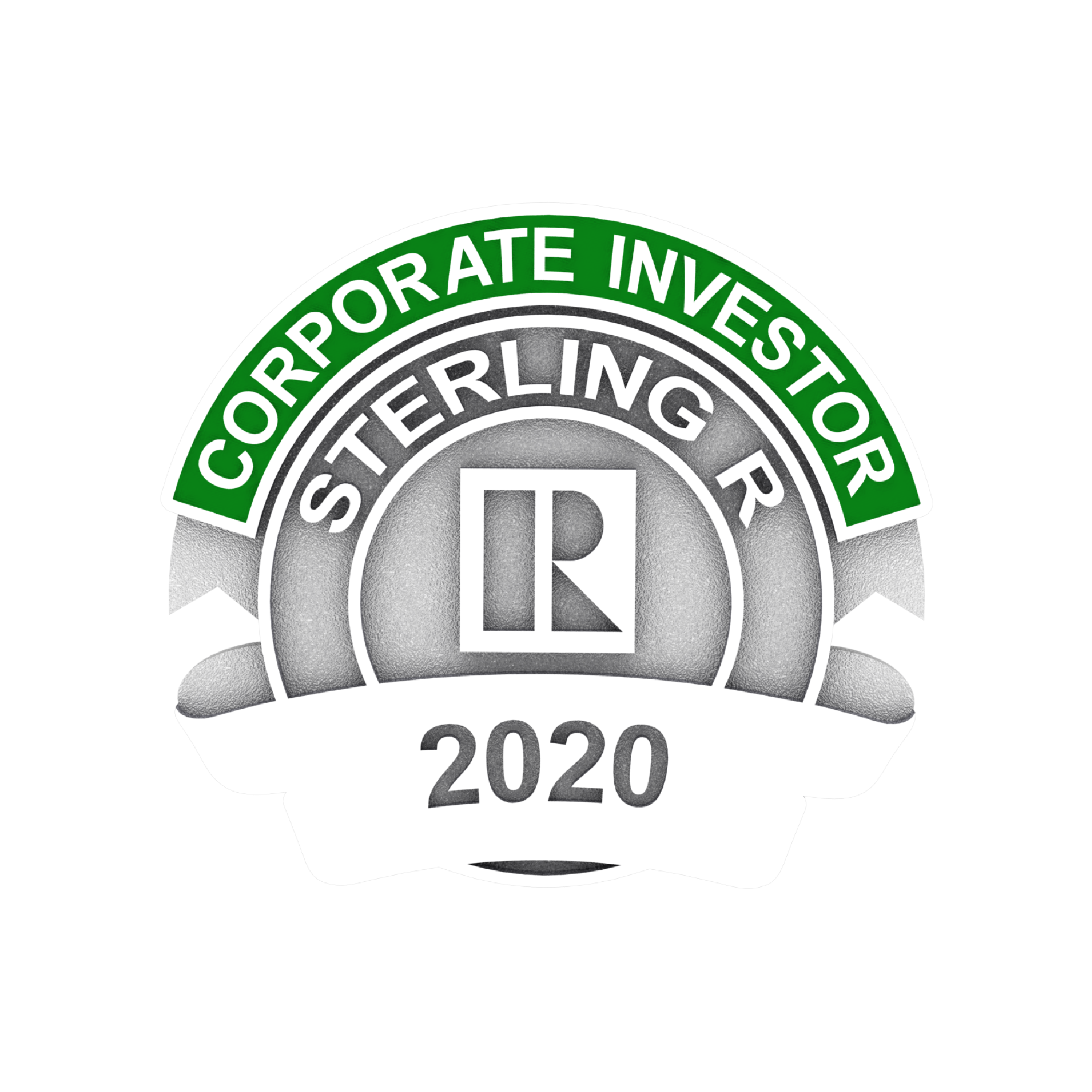The commercial real estate (CRE) industry is in a period of unprecedented evolution, triggered by the availability of new technologies and changing societal norms. One of the slower industries to shift into the cyber age, CRE’s common brick-and-mortar mindset is increasingly influenced by the fluid world of data analytics, computerized and real-time automated operations, and digital communication. Due diligence practices are adjusting rapidly, too, as investors examine their target acquisition through modern lenses that affect the way asset information is collected and used, as well as new key performance indicators (KPIs) that seek to evaluate long-term asset performance.
Data is King
For anyone who’s been in the business long enough to recall receiving physical copies of due diligence reports, digitally delivered PDF reports may still seem like a modern upgrade, but even these will soon be antiquated.
Much like a paper report, digital PDF reports have limited use and are frequently reviewed once and then filed away, taking up storage space and losing value as the property changes over time. Acquisition teams who want to leverage the data contained in, for example, a static property condition assessment (PCA) report, must manually extract information from the observations, findings, recommendations, etc. in the various tables and narrative sections. This tedious process allows room for human error: omissions, redundancies, inaccuracies, etc. Conversely, raw data can be readily imported into management software or other technology platforms, saving resources and improving data hygiene. Given the amount of data that commercial real estate owners and stakeholders must manage, data hygiene is a serious concern, since the quality and “cleanliness” of data is critical for its effective use.
Dashboard Data Delivery
The goal of due diligence is to leverage and analyze property data for better decisions. The value of using raw data versus static PDFs is the ease with which raw data can be viewed, sorted, and analyzed. But what about CRE professionals or other users who lack an effective platform to do so? As much of the CRE industry plays technology catch up, many customers may require a software solution along with their data. For example, Partner Engineering and Science, Inc., a market-leading provider of third-party due diligence assessments, offers a client portal via their cloud-based SiteLynx™ platform, which facilitates online ordering, storage, and review of reports. The development of the “Partner Analytics” component of SiteLynx allows users to readily view, sort, and analyze report information via an interactive and customizable dashboard. Users can review an individual property or compare an entire portfolio, all while sorting by attributes such as geography, property use, condition, criticality /priority, building systems, and other KPIs. By leveraging this data, an investment firm purchasing a portfolio could review all assets in the portfolio and quickly sort to see which properties meet acquisition criteria and which have red flags. SiteLynx can be customized to provide distinct views and permissions depending on the role of the user, which then becomes useful for different functions within an organization, such as risk analysis, proforma modeling, capital planning, and/or facility management.
Using Due Diligence Data Beyond Acquisition
Another growing data trend in the CRE industry is gathering data that remains useful after the transaction is complete. Typically, an acquisition team will order a PCA scoped for risk management in terms of immediate repairs required and projected capital expenses. Then, once acquisition is complete and the property is onboarded to the asset management team, asset managers have two options. They can order a facility condition assessment (FCA) which is scoped to include the richer data required to effectively manage the asset, or they use the PCA data, but may struggle to make the expectations of the acquisition team meet the reality of asset performance.
There is a forward-looking solution: scope the PCA as robustly as an FCA. Discuss data needs with the asset management team and build the PCA scope to ensure that the data collected will support asset management objectives. The upsides are cost savings (paying for one report instead of two), rapid onboarding of assets, and better synergy between acquisition and asset management. The challenge with performing an FCA at acquisition is the length of time required to gather more data; often acquisition timeliness require a quick turnaround. However, sophisticated due diligence consultants can deliver reporting in phases, offering early results to meet the acquisition timeline and the full report by a later deadline.
Future-Proofing
Anticipating change over the planned hold period of an asset is one hallmark of a savvy investor. Depending on the investment strategy and length of hold, it’s important to consider rapidly evolving consumer expectations, regulations, and even the demands of changing climates to position a property for long-term success. In addition to ordering the core reports used at acquisition (typically PCA, environmental assessment, zoning report, ALTA survey, and appraisal) investors who seek to future-proof their properties will leverage the expertise of their due diligence consultant already onsite to identify opportunities to minimize risk, reduce costs, boost revenue, and capitalize on trends. As part of their due diligence package, they may order reports such as:
Energy & Water Audit
Climate Resilience Assessment
COPE Data Collection
Solar Consulting
Building Technology Assessment
The Future is Here
Change happens fast, and staying ahead of the curve can provide an edge in the competitive landscape of CRE. Ask your due diligence consultant which of these forward-thinking strategies can apply to your due diligence practices so you can be sure you’re getting the most out of your due diligence spending and getting the data you need to succeed.


